Have you noticed your grocery bill climbing higher each month? Many shoppers are making tough choices at the supermarket as inflation continues to impact food prices. Certain items that were once everyday purchases have become occasional splurges or have been eliminated from shopping lists entirely.
The following groceries have seen such dramatic price increases that customers are increasingly leaving them behind on store shelves.
1. Beef Steaks (Ribeye, Sirloin)
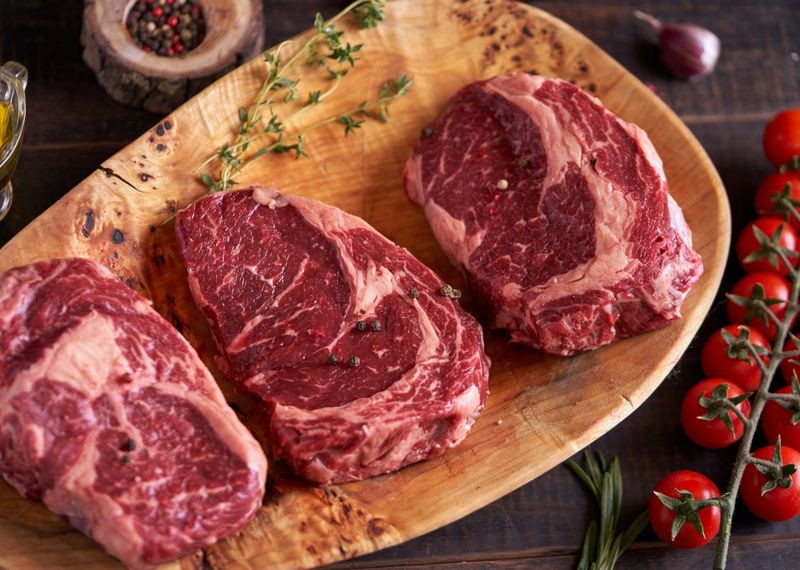
Remember when a nice steak dinner at home was an affordable alternative to restaurants? Those days seem long gone. Premium cuts like ribeye and sirloin have jumped from $9-12 per pound to upwards of $15-22 in many regions.
The perfect storm of supply chain disruptions, increased feed costs, and labor shortages at processing plants has driven these prices to unprecedented levels. Many families have switched to ground beef or are exploring plant-based alternatives.
Weekend steak nights, once a common tradition, have become special-occasion treats for budget-conscious households. Some butchers report customers buying thinner cuts or splitting larger steaks to maintain the experience without the full cost.
2. Chicken Breasts

The humble chicken breast—once the go-to protein for budget-friendly meals—has seen alarming price hikes. What used to cost around $2 per pound now regularly exceeds $4-5, putting strain on meal planners everywhere.
Poultry producers blame increased costs for feed, transportation, and labor. Grocery stores report customers switching to chicken thighs or legs, which remain relatively more affordable. Some shoppers have begun buying whole chickens to stretch their dollar further.
Meal prep enthusiasts, who once relied on bulk chicken breast purchases, now scout multiple stores for sales or turn to frozen options. Family-size packages that seemed like good value a year ago now require second thoughts at checkout.
3. Bacon

Bacon lovers have watched in dismay as prices for their favorite breakfast meat have sizzled upward. Standard packages that once cost $4-5 now frequently top $7-9, with premium varieties reaching $12 or more.
The pork industry has faced multiple challenges, from processing plant closures to increased grain costs for feeding livestock. Consumers report buying bacon less frequently or choosing lower-quality brands as a compromise.
Some shoppers have adopted new strategies, like buying only when on sale and freezing extra portions. Others have simply removed this once-staple item from their regular shopping list, making it an occasional treat rather than a weekly purchase. The smell of bacon cooking has become a less common weekend aroma in many households.
4. Eggs

The humble egg carton has become a symbol of grocery inflation. Prices have rollercoastered from $2 to over $5 for a dozen conventional eggs, with organic options sometimes reaching $8-9.
Avian flu outbreaks decimated millions of laying hens, creating severe supply shortages. Though prices have stabilized somewhat, they remain significantly higher than pre-pandemic levels. Families who once used eggs daily for breakfast now carefully ration them for specific recipes or special occasions.
Budget-conscious shoppers have begun calculating the per-protein cost compared to other options. Some have turned to egg substitutes for baking or reduced their consumption altogether. The days of casually whipping up a quick omelet without thinking about cost seem increasingly distant for many households.
5. Fresh Salmon
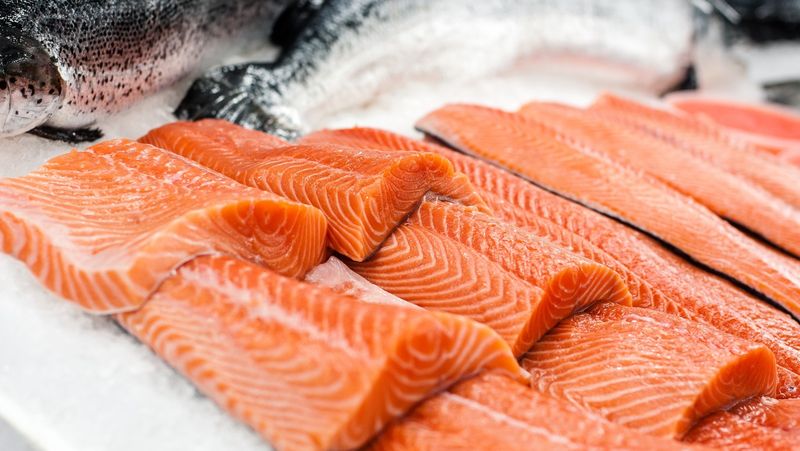
Once considered a reasonably priced option for adding healthy omega-3s to your diet, fresh salmon now swims in luxury-item territory. Fillets that previously sold for $8-10 per pound now command $14-18, with wild-caught varieties fetching even more.
Climate change has affected salmon habitats, while aquaculture operations face increased feed and operational costs. Many shoppers have switched to canned salmon or less expensive fish varieties. Some have abandoned fish altogether, despite nutritionists’ recommendations for regular consumption.
Restaurant-quality salmon dinners at home have become special occasions rather than weeknight staples. Grocery stores report seeing more salmon fillets remaining unsold at full price, forcing more frequent sales to move inventory before it spoils—creating a “wait for the sale” mentality among consumers.
6. Shredded Cheese
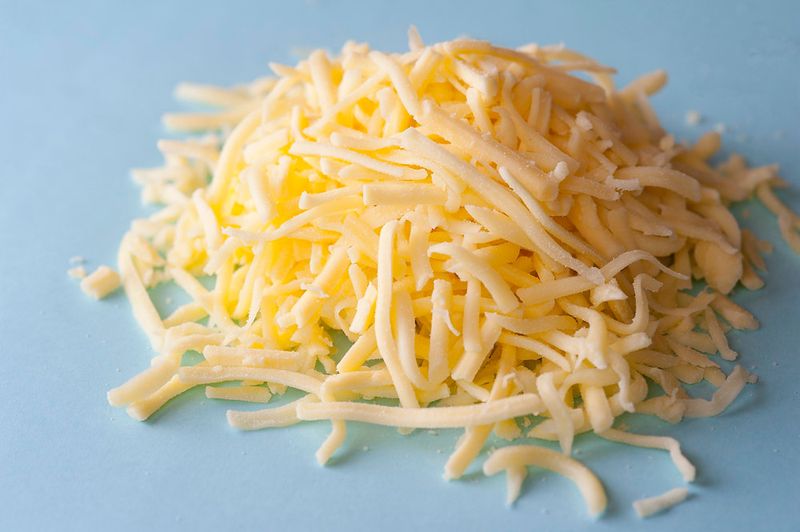
The convenience of pre-shredded cheese now comes with a hefty surcharge. Those handy 8-ounce bags that once cost $2-3 now regularly hit $4-5, with specialty varieties approaching $7.
Dairy production costs have climbed steadily, but the real price jump comes from processing, packaging, and distribution expenses. Smart shoppers have started buying blocks of cheese and grating it themselves, saving several dollars per pound. Many families report using less cheese overall in recipes to stretch their grocery budget.
The anti-caking agents and preservatives in shredded cheese—once overlooked for convenience—now serve as additional justification for consumers to switch to block cheese. Some budget-minded cooks have even started freezing portions of hand-shredded cheese to maintain the convenience factor without the premium price.
7. Greek Yogurt
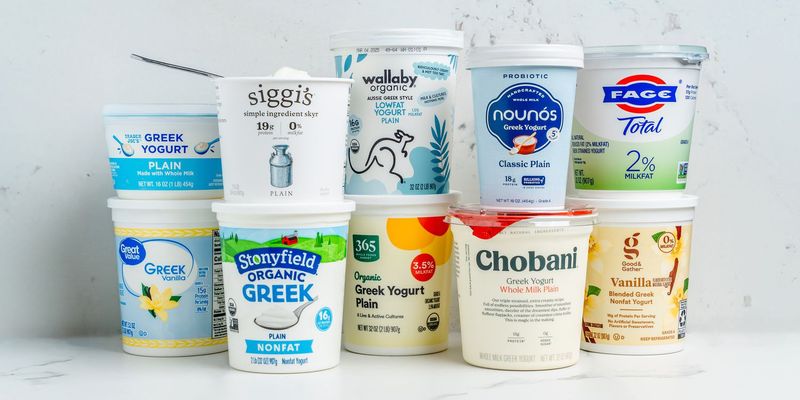
Greek yogurt transformed from specialty item to household staple over the past decade. Now, sticker shock has reversed that trend. Premium brands in individual containers have jumped from around $1 each to nearly $2, with larger tubs seeing similar percentage increases.
The protein-rich breakfast option requires more milk than regular yogurt, making it particularly vulnerable to dairy price fluctuations. Budget-conscious consumers have switched to regular yogurt or begun making their own by straining conventional yogurt at home.
The once-booming Greek yogurt section in many stores now sees less traffic. Shoppers report buying it only when on sale or opting for store brands. Some families have returned to cereal or oatmeal as more economical breakfast choices, despite the nutritional benefits that made Greek yogurt popular.
8. Oat & Almond Milk
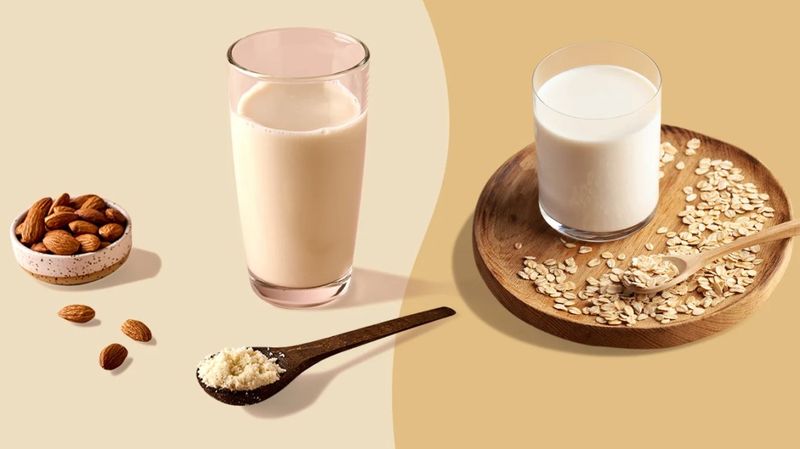
Plant-based milk alternatives once justified their higher prices through environmental and health benefits. Now, with cartons regularly priced at $4-6 compared to conventional milk’s $3-4, many consumers are reconsidering.
Production costs for these alternatives have increased alongside growing demand. Ironically, their mainstream popularity has exposed them to the same inflationary pressures affecting traditional dairy. Households with multiple dietary preferences now sometimes buy only one milk variety instead of keeping both dairy and plant-based options.
Some dedicated non-dairy drinkers have begun making homemade versions, particularly oat milk, which requires just oats and water. Others simply use less in their coffee or cereal. The days of casually splashing alternative milk into smoothies without cost consideration have faded for budget-conscious shoppers.
9. Artisan Bread
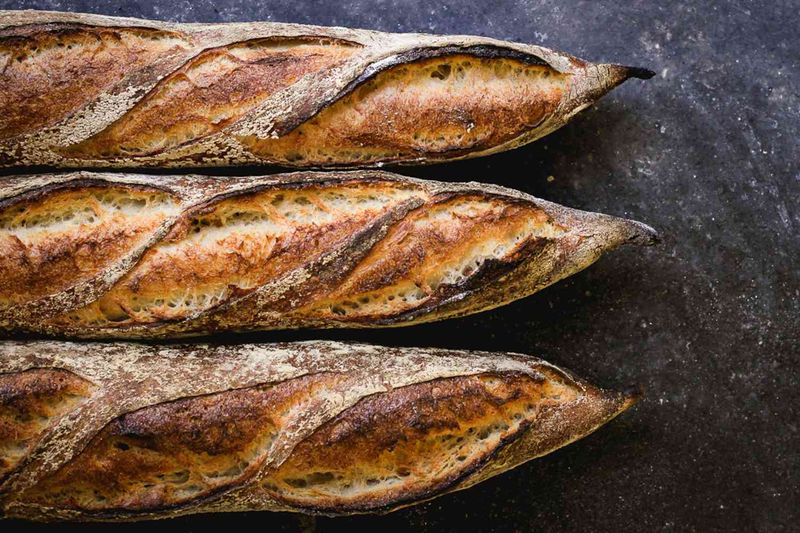
Crusty, freshly-baked loaves from the bakery section have become luxury purchases. Artisan breads that once cost $3-4 now regularly command $6-8, with specialty varieties hitting double digits.
Wheat prices have risen dramatically due to global shortages and conflict in major wheat-producing regions. Labor costs for skilled bakers have also increased. Many shoppers have reluctantly returned to mass-produced sandwich bread or started baking at home.
The sourdough baking trend during early pandemic lockdowns has evolved into a money-saving necessity for some households. Bread machines have made a comeback in kitchen appliance sales. Meanwhile, bakery sections report seeing beautiful artisan loaves remaining unsold until marked down at day’s end—a phenomenon rarely seen when prices were lower.
10. Breakfast Cereal
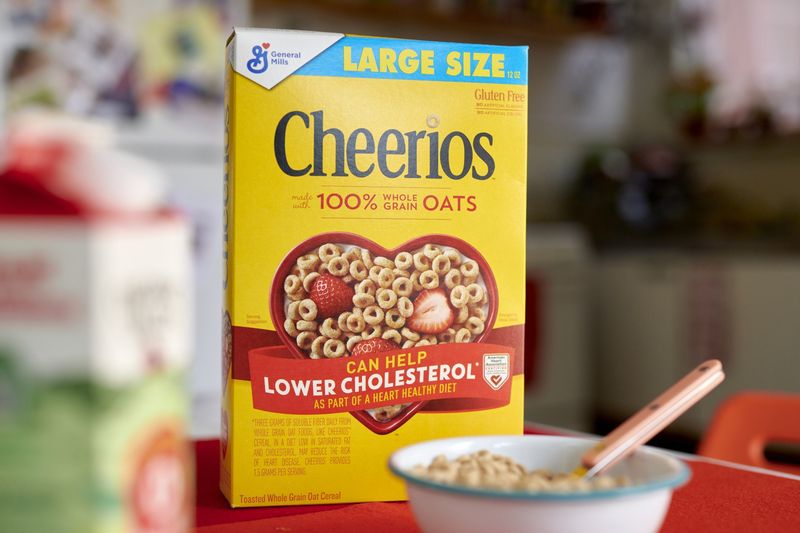
The breakfast aisle has become a showcase of shrinkflation and price hikes. Name-brand cereals now frequently cost $5-7 per box—boxes that have subtly decreased in size over recent years.
Grain costs, sweetener prices, and packaging expenses have all contributed to the increases. Families report switching to store brands, buying only on sale, or abandoning cereal altogether for less expensive breakfast options. The “cereal and milk” standard has become less standard in many households.
Marketing to children faces new resistance from parents watching their grocery budgets. Colorful character cereals with premium positioning now often stay on shelves until discounted. Some budget-minded shoppers have switched to bulk oats or large bags of granola that offer more breakfast servings per dollar than traditional boxed cereals.
11. Avocados
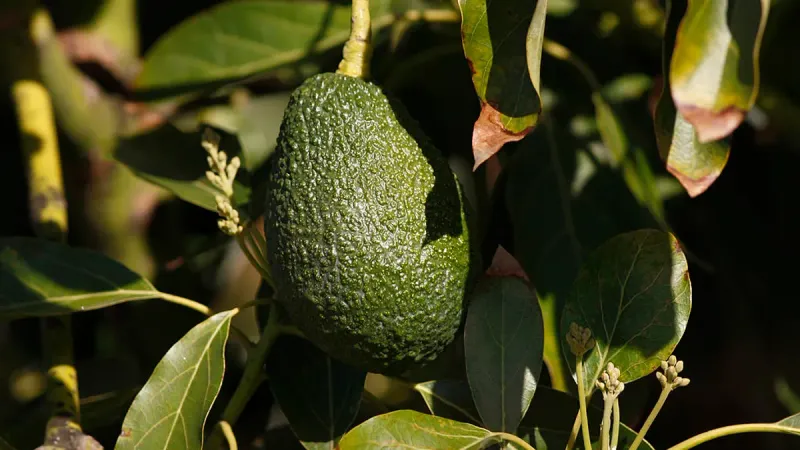
The Instagram-famous fruit has fallen from grace at many grocery stores. Individual avocados priced at $2-3 each have become harder to justify, especially given their short window of perfect ripeness.
Climate issues in growing regions, combined with increased global demand, have kept prices high despite fluctuations. Many former avocado enthusiasts now treat them as occasional purchases rather than staples. The once-ubiquitous avocado toast has become a weekend cafe splurge rather than a daily home breakfast.
Grocery stores report seeing more avocados wasted as shoppers hesitate to pay premium prices for fruits that might disappoint in quality. Some budget-conscious consumers have switched to frozen avocado chunks or guacamole for their fix, sacrificing some freshness for cost certainty and extended shelf life.
12. Berries (Blueberries, Strawberries)
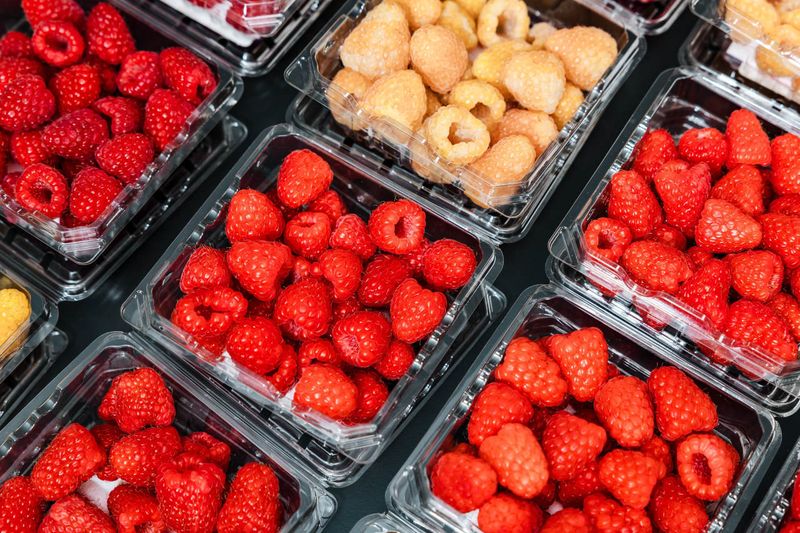
Those little plastic clamshells of berries now carry not-so-little price tags. Packages that once cost $2-3 regularly hit $5-6, with organic varieties reaching $7-8 for relatively small quantities.
Weather events in growing regions have reduced yields, while labor shortages have increased harvesting costs. Families who once routinely added berries to cereals, salads, and snacks now treat them as special purchases. Many shoppers report buying berries only when on sale or switching to frozen options.
The nutritional benefits of berries keep them on shopping lists, but quantity and frequency have decreased. Some health-conscious consumers have explored growing their own berry plants, particularly in regions where climate allows. Meanwhile, less expensive fruits like bananas and apples have seen renewed popularity as everyday options.
13. Organic Spinach & Greens
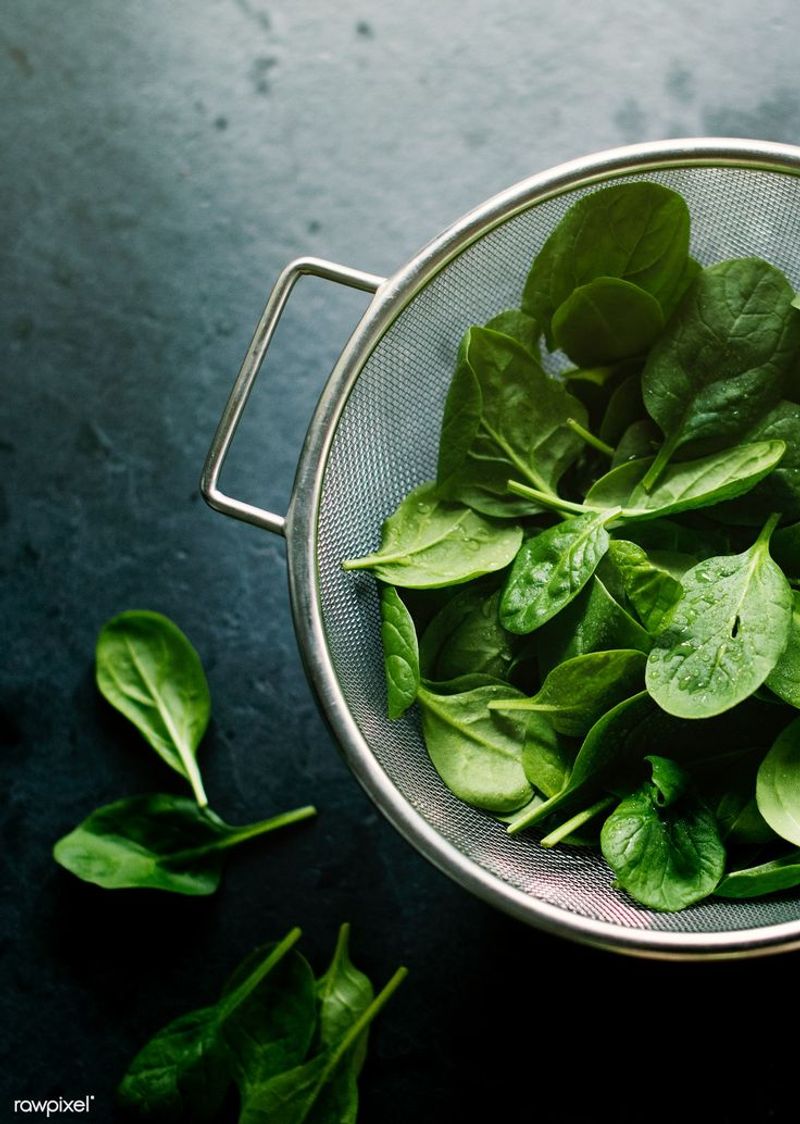
Those plastic containers of pre-washed organic greens have become a luxury for many households. Packages that previously sold for $3-4 now regularly cost $5-7, with larger family-size containers approaching $10.
Organic farming practices, while environmentally beneficial, come with higher labor costs and lower crop yields. These factors, combined with increased packaging and transportation expenses, have pushed prices to levels many shoppers can’t justify. Health-conscious consumers increasingly choose conventional produce over organic versions.
Some households have started growing lettuce and spinach in home gardens or countertop hydroponic systems. Others have switched to frozen spinach, which offers similar nutritional benefits at a fraction of the fresh organic price. The “organic premium” that once seemed reasonable for pesticide-free produce now feels prohibitive to many budget-minded families.
14. Olive Oil
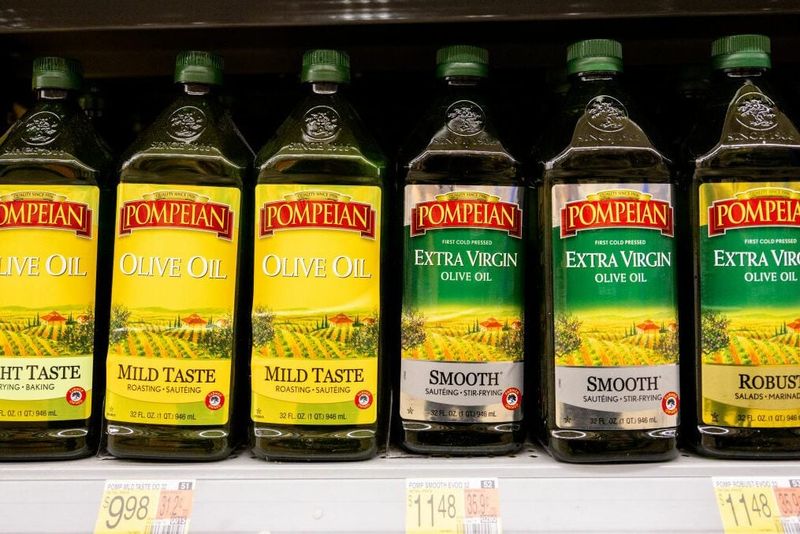
The Mediterranean kitchen staple has become liquid gold in grocery aisles. Mid-range bottles that once cost $8-10 now frequently reach $15-18, with premium extra virgin varieties exceeding $25.
Climate change has devastated olive harvests across southern Europe, with drought and unusual temperature patterns reducing yields dramatically. Global demand has simultaneously increased as more consumers adopt Mediterranean-style cooking. Many home cooks now reserve olive oil for finishing dishes or special recipes.
Budget-conscious shoppers have switched to blended oils or alternatives like canola for everyday cooking. Some have adopted spray bottles to use less oil per meal. The days of liberally drizzling olive oil without consideration have ended for many households, replaced by careful measuring and substituting where flavors won’t be compromised.
15. Peanut Butter
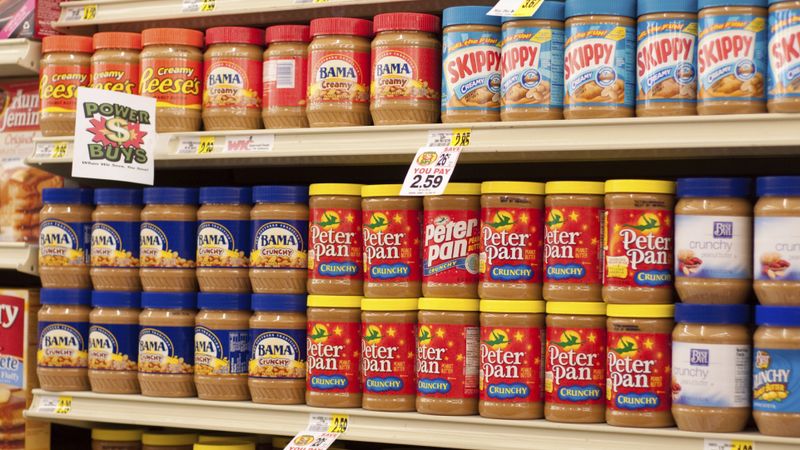
This pantry staple has lost its reputation as an economical protein source. Standard 16-ounce jars that once cost $2-3 now regularly hit $4-5, with natural and organic varieties exceeding $7.
Drought conditions in peanut-growing regions have reduced crop yields, while processing and packaging costs have climbed steadily. Families who relied on peanut butter sandwiches as an affordable lunch option now feel the pinch. Some have switched to store brands or started watching for sales to stock up.
The childhood staple remains popular but is used more sparingly in many households. Parents report measuring portions more carefully or mixing with honey to stretch the jar further. Some budget-conscious shoppers have explored alternatives like sunflower seed butter when it’s comparatively priced, though most find the taste adjustment challenging.
16. Canned Tuna
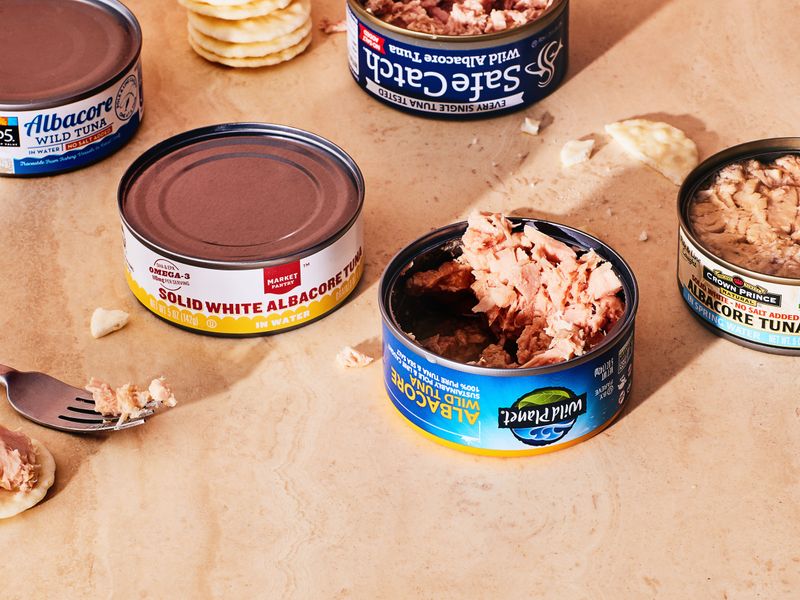
Once the ultimate budget protein, canned tuna has swum into pricier waters. Standard cans that cost $0.99-$1.29 a few years ago now regularly hit $2-2.50, with premium varieties approaching $4 per can.
Fishing regulations, fuel costs, and aluminum prices have all contributed to the increase. Shoppers who once tossed multiple cans into their cart without a second thought now carefully consider each purchase. Tuna casserole, once a budget-stretching dinner, has lost some of its financial advantage.
Some consumers have switched to canned chicken or beans as alternative protein sources. Others buy only when on sale and stockpile during promotions. School lunchboxes feature fewer tuna sandwiches as parents seek more economical options. The classic tuna melt has transformed from thrifty meal to relative splurge.
17. Frozen Pizza

The convenience food that once saved dinner on busy nights now strains grocery budgets. Standard frozen pizzas that previously cost $5-6 regularly hit $8-10, with premium varieties exceeding $12-14.
Wheat, dairy, and meat toppings have all seen significant price increases, creating a perfect storm for pizza manufacturing costs. Many families have reduced their frozen pizza purchases or switched to the cheapest store brands. Some have rediscovered homemade pizza as both a fun activity and money-saving measure.
Grocery stores report that frozen pizza sales spike dramatically during promotions, indicating consumers now wait for deals rather than paying full price. The once-affordable backup meal has joined the ranks of “only when on sale” purchases for budget-conscious households. Meanwhile, pizza delivery services have seen similar price increases, eliminating that alternative for many families.
18. 🍦 Ice Cream
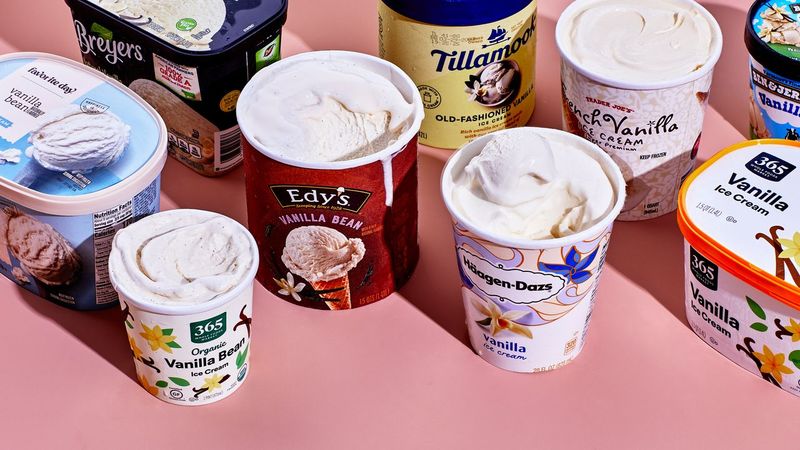
The sweet treat that once soothed both emotions and wallets now delivers sticker shock. Half-gallon containers that previously cost $3-4 regularly hit $5-7, with premium brands exceeding $8-10 for just 14 ounces.
Dairy, sugar, and flavor ingredients have all increased in cost, while many manufacturers have simultaneously reduced package sizes. Families report buying ice cream less frequently or switching to store brands and frozen yogurt alternatives. The days of keeping multiple flavors in the freezer have ended for many budget-conscious households.
Some consumers have invested in home ice cream makers to control both ingredients and costs. Others have embraced popsicles and other lower-cost frozen treats. Ice cream has transformed from regular purchase to special occasion indulgence for many shoppers who now carefully weigh the pleasure against the price.
Leave a comment